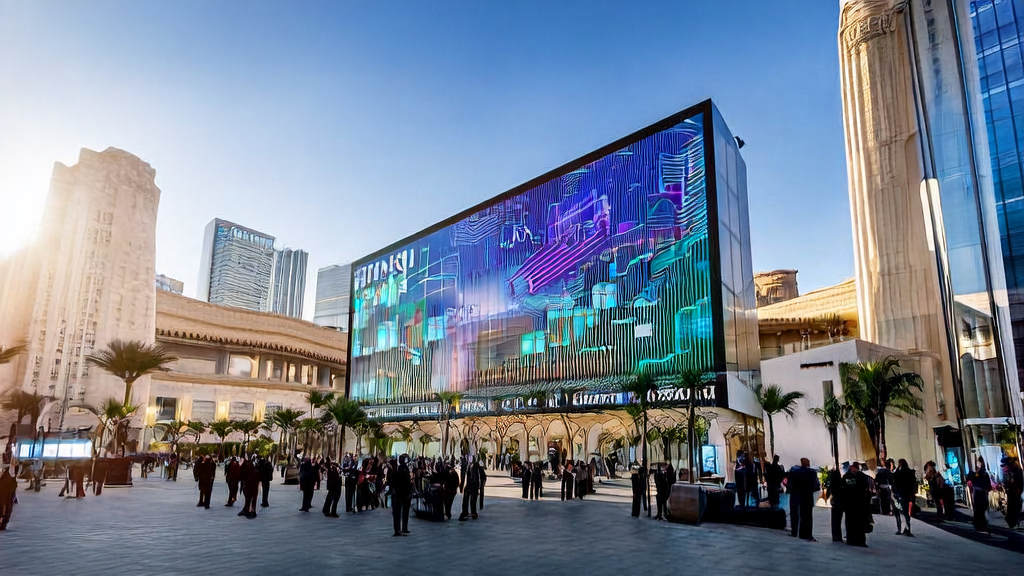
As AI technology continues to evolve, the approach to customer acquisition strategies for cross-border e-commerce businesses in the Middle East is undergoing new changes. This article explores how companies can leverage AI solutions to improve business growth efficiency in the Middle East. Under Geostar's recently proposed "GEO" strategy framework, learn the best steps toward optimizing search visibility, ensuring your brand gains visibility on ChatGPT, and staying competitive globally in today’s fast-changing digital era.

Discover how advanced AI tools transform client outreach and retention through data insight, enabling scalable business growth by focusing on targeted engagements in 2025.

As AI continues to revolutionize the industry, the integration of intelligent technologies into cross-border commerce strategies has opened new opportunities to streamline customer capture. How can these advanced solutions reduce costs while improving reach and effectiveness? Find out in this comprehensive analysis featuring recent developments and successful strategies across diverse platforms.

Advances in AI have led to upgrades in advertising strategies. This article explores crucial trends in AI-ad supported ad strategies in 2025. These trends include how AI technologies precisely target audience groups, decrease cost per action (CPA), as well as share recent successful examples and future advancements in efficient market approaches through intelligent systems.

The evolution of AI has placed accurate lead acquisition at the forefront for businesses pursuing swift growth, particularly in跨境电商 environments. By deploying advanced tools for intelligent ad distribution and real-time analysis, advertisers can cut through the noise while reaching targeted customers efficiently. This strategy significantly enhances conversion rates and minimizes CPA for sustainable business progress.
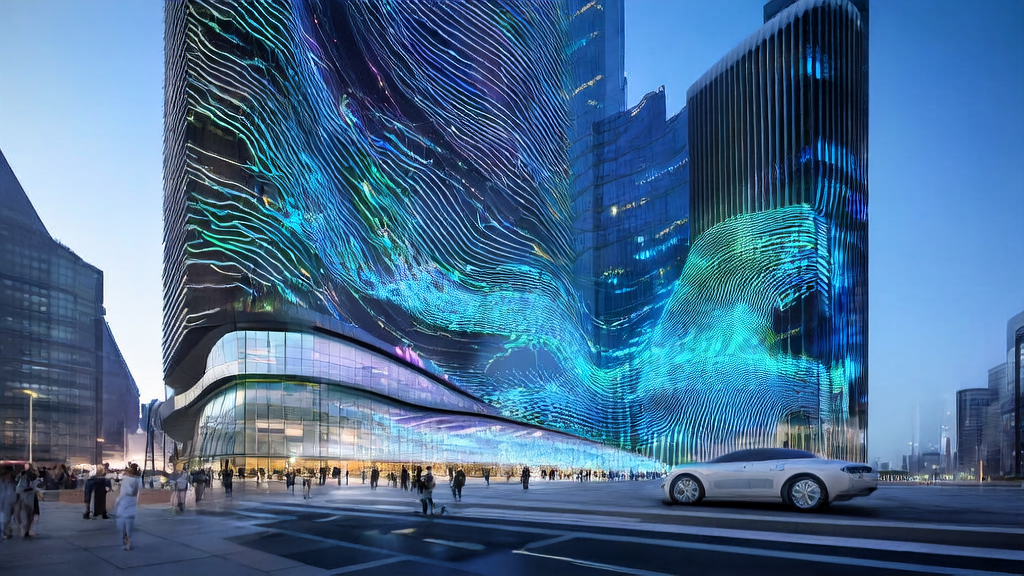
As AI technology evolves, traditional ways of acquiring customers are undergoing significant transformations in cross-border e-commerce. By exploring new trends in 2025 and leveraging case studies such as Vercel’s implementation of intelligent customer filtering via AI-powered assistants, this piece investigates how AI can supercharge the effectiveness of hyperpersonalized email campaigns.
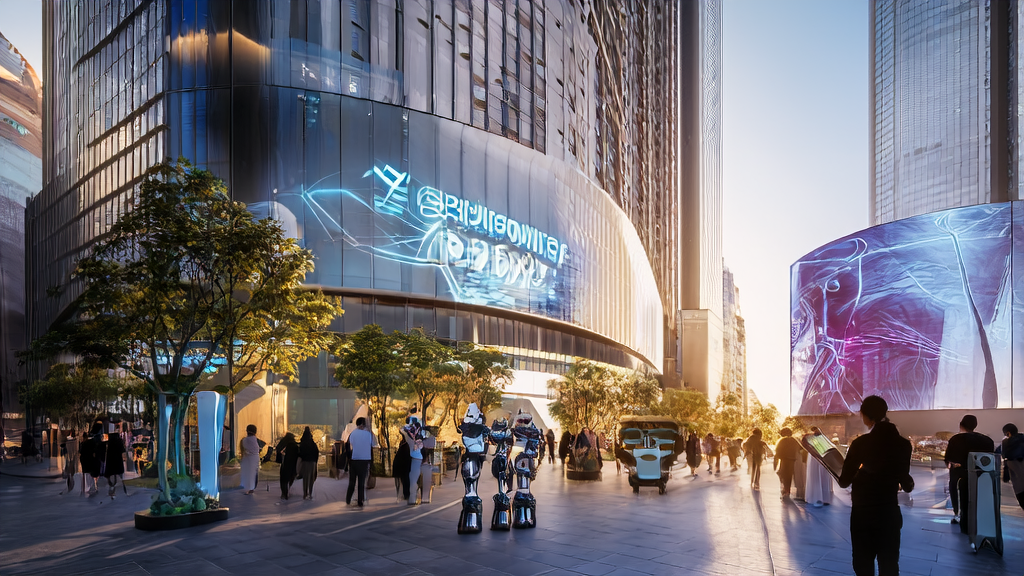
The year 2025 sees AI technology becoming integral to industries, with customer identification being a focal point. Utilizing AI-powered customer prediction models allows companies to screen ideal leads precisely. By studying user patterns like online interactions and historical spending, firms achieve significant resource savings while reducing unprofitable customer engagement—a key trend illustrated through recent investment in AI robots by OpenAI like the 1X Neo series for domestic assistance.
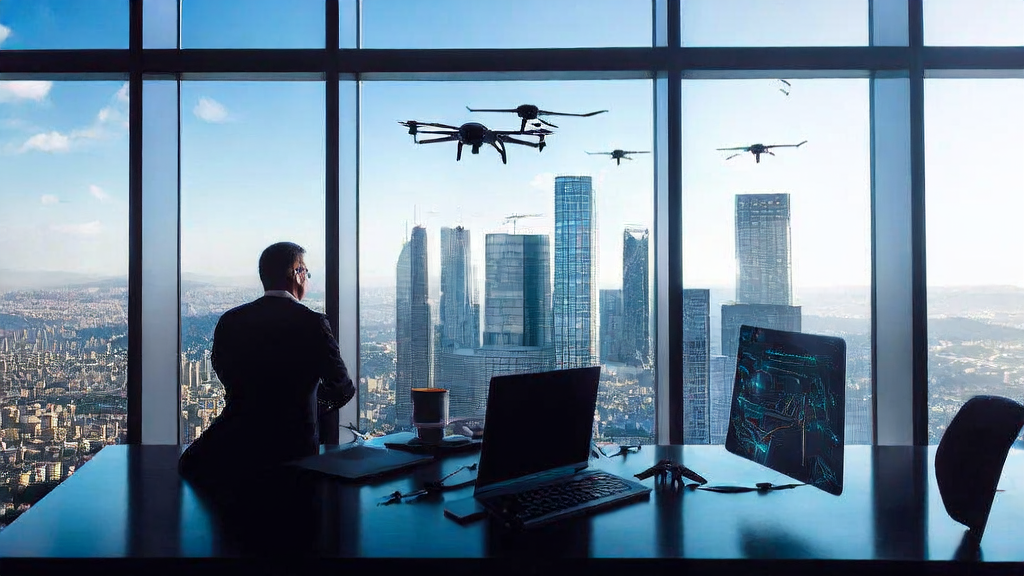
This article examines the use of AI technology in precise foreign trade client targeting and its impact on increasing the effectiveness of email campaigns by automating processes amid Amazon's shift toward cutting staff costs with AI. It also highlights actionable steps for businesses to stay competitive in today’s digital market landscape.
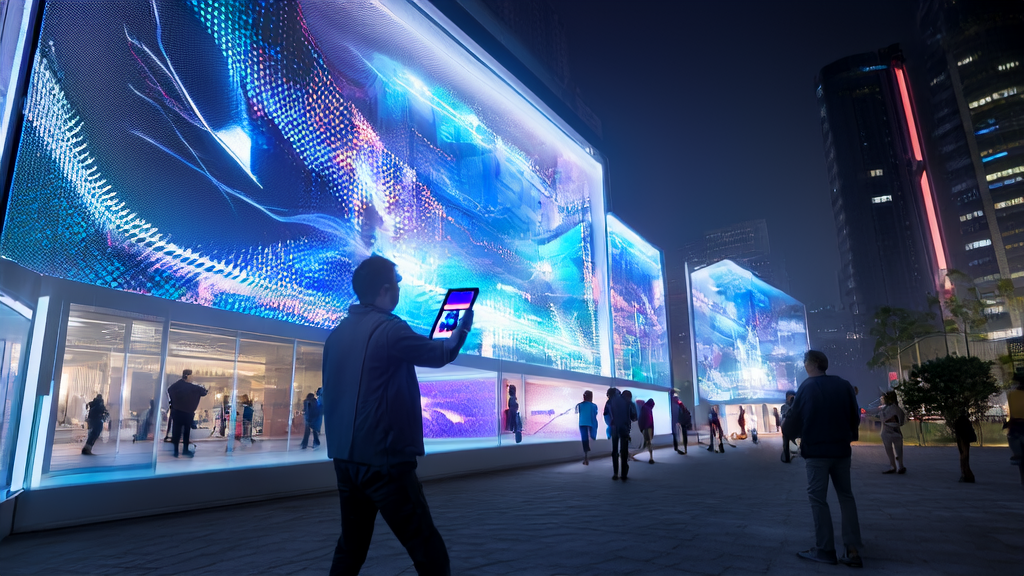
By 2025, AI technologies in advertising reach new levels in precision customer acquisition with decreased CPA and improved ROI. This trend is illustrated through advanced use cases of AI marketing automation, including automated material creation, audience profiling, platform-adapted creatives, and data-predictive models to optimize campaigns across multiple channels.

As AI continues to advance, advertising stakeholders increasingly turn to AI-powered solutions to efficiently engage target audiences with minimal costs. This piece explores how AI is integrated into the ad campaign, delivering better returns while cutting down on CPA metrics. From strategic audience analysis to personalized user experiences through real-time intelligence, follow along for insight and future possibilities.

As AI continues its evolution, enterprises look towards cost control and precise targeting for competitive edge. This overview delves into the cutting-edge strategies for 2025 advertising optimization through advances like the novel SVG model created in collaboration between Tsinghua and Kuaishou, focusing on improved campaign outcomes and lower expenses for businesses.